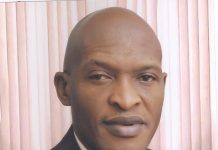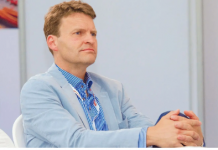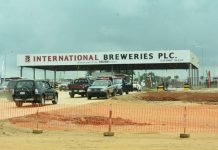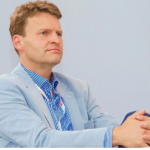The Edo Concerned Stakeholders Development Initiative (ECSDI), has lamented that the ordeal of the people of Edo State occasioned by the release of water from Lagdo Dam in Cameroon and said the event is often under-reported.
President of ECSDI, Oluwafemi Scufield Idiakhoa who made this known in a statement made available to newsmen recently in Lagos disclosed that, while the headlines frequently spotlight the devastation in Kogi, Niger and others, that of Edo State is not often heard, noting that, the state, with its rich cultural heritage and agricultural prowess, has seen thousands of its inhabitants displaced, farmlands submerged, and a cultural fabric strained under the weight of repeated flooding.
According to him, “the construction of the Lagdo Dam began in 1977 and was completed in 1982, with the initial aim of providing electricity and supporting irrigation in Northern Cameroon. In anticipation of the potential impact downstream, Nigeria and Cameroon entered into an agreement. Nigeria promised to construct the Dasin Hausa Dam in Adamawa State, a shock-absorber designed to contain and mitigate potential flooding from the Lagdo Dam releases.”
“However, four decades have passed, and the Dasin Hausa Dam remains an unfinished dream. The consequence of this oversight is felt most acutely in states like Edo, which face the brunt of the flooding,” he said.
Continuing, he pointed out that, “in Edo, the delicate balance between modern urbanization and traditional communities is upset annually. The state’s infrastructure, not designed to handle such deluges, crumbles a little more each year, setting back development efforts and impacting the socio-economic dynamics.”
“In the heart of Edo State, among the rustic villages and bustling urban centers, an annual tragedy unfolds. Flooding, a phenomenon now synonymous with the release of water from the Lagdo Dam in Northern Cameroon, has become an inescapable reality for many Nigerian communities. But the story of Edo is one of particular resonance, as it weaves a tale of missed opportunities, broken promises, and a desperate plea for lasting solutions.” He added.
While proffering solutions to the problem, Idiakhoa disclosed that completion of the Dasin Hausa Dam is paramount, stressing that this dam, once operational, can serve as a significant buffer, reducing the immediate impact of the Lagdo Dam releases.
He further stated that Edo’s existing infrastructure needs an overhaul to handle the annual floods, adding that this includes improved drainage systems, elevated roadways, and flood-resistant housing designs.
Also, he said “Community leaders in Edo must be involved in crafting solutions. Their insights, derived from lived experiences, can offer invaluable guidance in designing and implementing sustainable solutions.”
“Many in Edo depend on agriculture. Support in the form of flood-resistant crop varieties, post-flood rehabilitation, and agricultural training can go a long way in mitigating the economic impact.
Regional collaboration, extending beyond Nigeria and Cameroon, is essential. The River Niger and River Benue basins span multiple countries, and a collective effort can lead to holistic solutions.















































